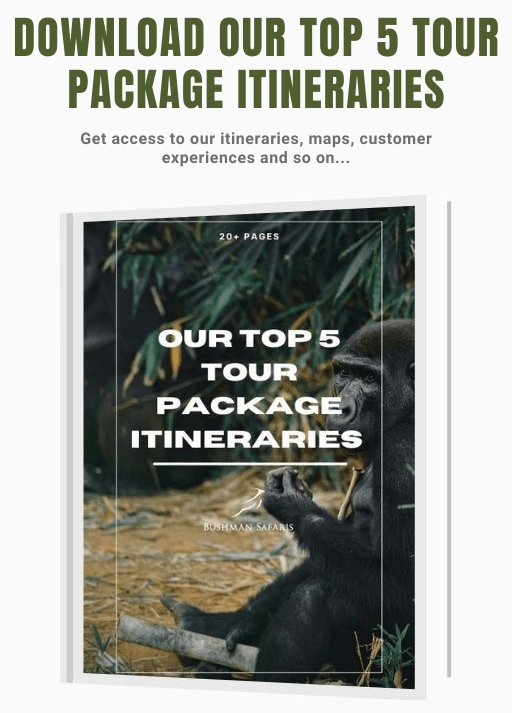Are you courageous enough to spend time amidst wildlife? If yes, then Africa is a perfect getaway for you. This continent is known for sheltering and protecting endangered species and keeping flora and fauna alive. It is one thing to see wild animals in the zoo and an entirely different experience to walk amidst them without any protection. You encounter never-before-seen species and get a close look at their unique characteristics. You could even relate to a few of them while being intrigued by some others’ quirky behaviours. Here are some of the exotic species you would be lucky to spot during a wildlife safari:
Serval
The physical characteristics of the serval are unique as they have long legs compared to the size of their body and prominent ears that help them locate their prey. Their preferred hunting locations are long grasses, dense watered grasslands and reel beds. You can find servals in Serengeti, Masai Mara and Kruger.
Aardvark & Aardwolf
Aardvarks and aardwolves can be considered professional termite feeders. While the former name literally translates to ‘earth pig,’ the latter looks nothing like their name, meaning they look more like a hyena than a wolf. You can find these two species in sandier regions such as Hwange NP, Linyanti, Selinda and Okavango. Since the aardvark feeds on ants and termites, they are widely spread in Kruger, Lugwana Valley, northern Botswana and Namibia.
Bat-eared Fox
The striking physical feature of the bat-eared fox is their long ears that are capable of hearing the termites underground and detecting their exact spot. They mainly feed on ants and termites in the rainy season and mice in the dry season. You can find them in Etosha, Central Kalahari and Hwange NP.
Pangolin
Pangolins have a distinctive physical appearance, somewhat resembling an artichoke. They have armour-like scales that are meant to protect them from potential danger. So if they sense any danger, they roll in and cover their head with their front legs, which then appear like a ball. They mainly feed on termites and ants and are rare sightings in a safari.
African Civet
You will get to see the African civet in the night safari as they are nocturnal animals. They have a broad head, pointed muzzle, long neck and small eyes and ears. This omnivore species feeds on fruits, vegetation, reptiles, birds and small mammals. They are excellent swimmers and can be found on the trees and grounds.
Going on an African safari means viewing a live animal Discovery channel with your guide imparting information about the wildlife. Observing the exotic species and learning about their survival skills and unique skill set will truly blow your mind. It is time to have an adventurous vacation in Africa. So book your slots with Bushman Safari – our experienced guides and perfect itinerary would make your safari memorable.









